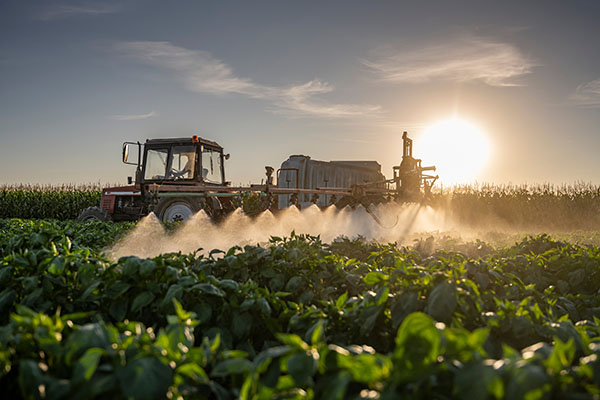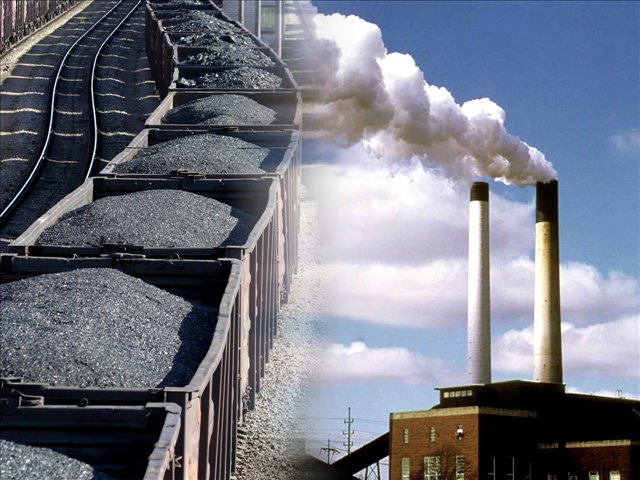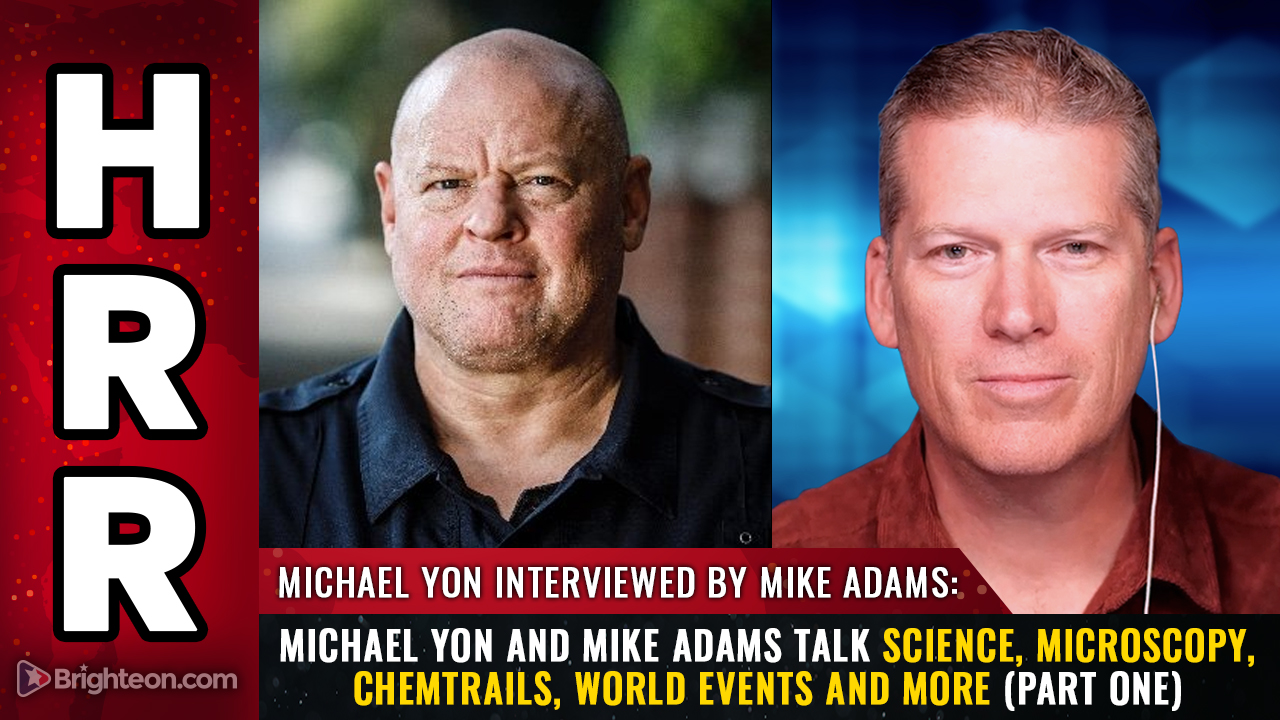Sandra Steingraber's "Living Downstream" unveils the hidden links between environment and cancer
- Sandra Steingraber, a biologist and cancer survivor, combines memoir and scientific inquiry in "Living Downstream," examining the environmental roots of cancer in her native Illinois, where agriculture and industry have left toxic legacies.
- She draws parallels between Illinois' waterways and human circulatory systems, arguing that environmental health directly impacts human health — chemicals in soil, water and air become part of our bodies.
- Post-WWII synthetic pesticides (e.g., atrazine) and industrial waste (like dry-cleaning fluids) have contaminated Illinois's ecosystems, with 91 percent of rivers showing pesticide pollution by 1993, correlating with rising cancer rates.
- These toxins persist globally, creating a lifelong "cocktail of chemicals" in air, water and food, complicating long-term health assessments. Steingraber notes her birth year coincides with atrazine's introduction, symbolizing generational impact.
- The book urges systemic change, echoing Rachel Carson's warnings, and advocates for prioritizing ecological sustainability to safeguard human health, blending stark truths with hope for reform.
In the heart of America, where the vast cornfields of Illinois stretch endlessly under the sky, a profound and unsettling story unfolds. This is the backdrop of Sandra Steingraber's seminal work, "
Living Downstream: A Scientist's Personal Investigation of Cancer and the Environment," a book that challenges readers to confront the unseen dangers lurking beneath the surface of our seemingly ordinary world.
Steingraber, a biologist and cancer survivor, invites readers to join her on a deeply personal and scientific exploration of the Illinois landscape, a place she calls home. Her journey begins on a clear night in central Illinois, where the stars illuminate a terrain that is anything but flat. Through her eyes, we see a land shaped by ancient forces — moraines, basins and the remnants of a once-mighty river system now buried beneath the earth.
Her narrative is both a memoir and a scientific inquiry, weaving together her own experiences with a meticulous examination of the environment. She describes the intricate network of waterways that crisscross the state, drawing a parallel between these natural systems and the circulatory system within our own bodies. This connection sets the stage for her central argument: that the health of the environment is inextricably linked to human health.
Illinois, a state synonymous with agriculture, produces more soybeans and corn than nearly any other in North America. Yet, as Steingraber reveals, these crops are not just food; they are the building blocks of our bodies. The molecules that form these plants become part of us, a fact that underscores the importance of understanding the chemicals used in modern agriculture.
The post-World War II era saw the introduction of synthetic pesticides, which transformed farming but also introduced a new kind of threat. These
chemicals, many of them carcinogenic, have seeped into the groundwater, drifted into the air and entered the food chain. Steingraber cites alarming statistics: In 1993, 91 percent of Illinois's rivers and streams showed pesticide contamination. These chemicals pulse through the environment, with levels in surface water during spring planting seven times higher than in winter.
Steingraber's investigation extends beyond the countryside to the industrial landscape of Illinois. She exposes the state's dual role as both a producer and a recipient of hazardous waste, importing nearly 400,000 tons in 1992 alone. The chemicals released by these industries – metal degreasers, dry-cleaning fluids and others – have been linked to cancer in humans. (Related:
WHO study confirms cell phone radiation causes cancerous TUMORS in animals.)
The environmental contamination is not just a local issue; it is a global one. The chemicals are ubiquitous, found in the air we breathe, the water we drink and the food we eat. Steingraber describes them as a "cocktail of chemicals" to which we are exposed from conception to death. This ongoing biological presence poses a significant challenge to understanding their long-term effects on human health.
Steingraber's personal story is interwoven with her scientific findings, creating a compelling narrative that is both informative and moving. She reflects on her own life, noting that she shares a birthdate with atrazine, a pesticide first registered in 1959, the year she was born. This coincidence underscores the generational impact of these chemicals, affecting individuals from the moment of conception.
Her work is a call to action, urging a systematic evaluation of the relationship between rising cancer rates and environmental exposures. She echoes the sentiments of Rachel Carson, who, more than three decades earlier, sounded the alarm on
the dangers of pesticides. Steingraber's message is clear: We must rethink our relationship with the environment and prioritize human health and ecological sustainability.
"Living Downstream" is not an easy read, but it is a necessary one. It challenges readers to confront uncomfortable truths about the world we live in and the choices we make. Steingraber's journey is one of discovery, reflection and ultimately, hope. She calls for a future where human health and the environment are not just considered but prioritized.
Learn more about the book "
Living Downstream" by watching the video below.
This video is from the
BrightLearn channel on Brighteon.com.
Sources include:
Brighteon.ai
Brighteon.com
 Parler
Parler Gab
Gab










